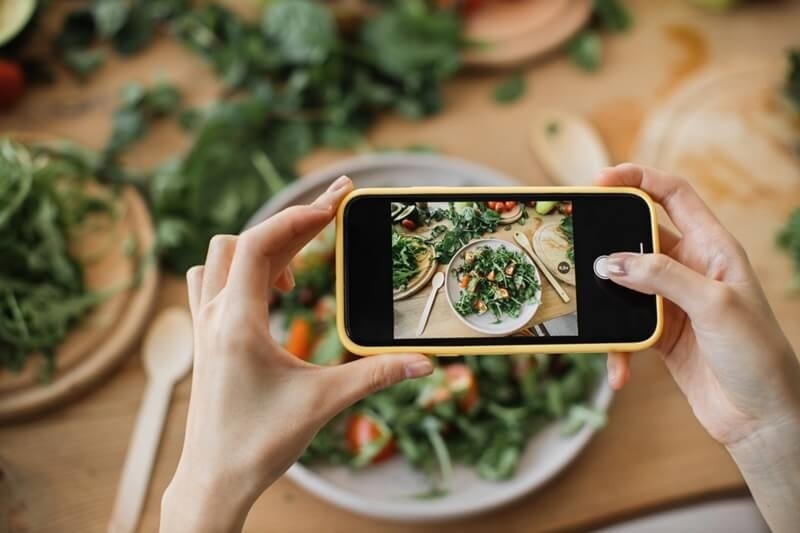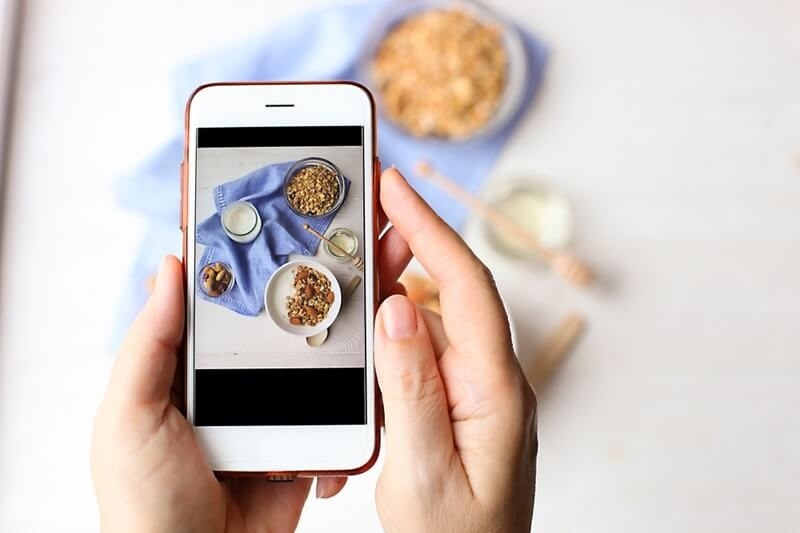
Food photography isn’t just about snapping a plate and calling it a day. The difference between a forgettable image and one that makes people stop scrolling is subtle: lighting, composition, styling, and attention to detail. Whether you’re an aspiring photographer or running a food brand, mastering professional food photography is essential. In this guide, I’m breaking down actionable food photography tips, insights from the best food photographers, the role of food photography lighting, and how food styling for photography can transform your shots.
We live in a visual-first culture. People decide what to eat, order, or make at home by how food appears online. Great images not only whet appetites but also tell a story about texture and freshness and how a brand wishes to present itself.
Top food photographers are fully aware of this. They realize a photo is more than just decoration: it works to increase engagement, site traffic, and sales. Every shadow, highlight, and prop choice plays a role in making food irresistible.

Here’s where you start seeing real improvement in your shots:
Don’t rely on luck. Think about the mood you want: rustic, minimalist, moody, or bright and playful. Sketch it out or create a mood board. The top photographers plan every angle, prop, and light source before the first plate hits the table.
Not all food behaves the same under a lens. From reflection to refraction, sauces glossy, textures crisp, desserts soft-so-the-light-must-be-reflecting-differently. The essence is to highlight that which makes every dish a visual treat-crunching crusts, melting cheese, or popping herbs.
Use angles wisely: flat lays for spreads, 45° for plated dishes, side shots for burgers or cakes. Layer elements for depth. Negative space isn’t empty—it frames the main subject.
Balance color and texture. Bright garnishes transform simple plates into striking images.
Plates, napkins, and cutlery should enhance, not distract. Even subtle touches-a linen napkin, a rustic wooden board—can elevate a shot.
Food changes quickly. Steam fades, crispy toppings droop, and sauces settle. Capture your hero shot immediately and be ready to refresh elements for detail shots.
Adjust color, contrast, and sharpness, but don’t overdo it. The most effective professional food photography looks real. Over-saturated colors or overly glossy textures can break authenticity.
Don’t Miss: Discover 9 Must Have AI Tools for Photographers
The top-tier food photographers carry some traits considered to be above and beyond the technical requirements:
And that is why with great photographers, images feel very effortless yet precise.
Lighting can make or break a shot. Here’s what matters:
Side lighting emphasizes texture—perfect for crusts, roasted vegetables, and glistening sauces. Backlighting works well for translucency, like soups or drinks. Overhead lighting keeps spreads and flat lays evenly lit.
Bounce light with reflectors, block it with flags, or soften it with diffusers. Making any micro-adjustment to this will create a world of difference for texture and depth.
Avoid mixing light sources with clashing temperatures. A correct white balance keeps the colors of food realistic. Set the mood: a nice, high-key, bright lighting setup for cafés, or low-key, dramatic lighting for fine dining.
Styling makes food irresistibly photogenic. This is its procedure:
For professional food photography, all elements need to work in synergy:
Plan the shoot, mood board, props, plates, and lighting setup. Talk to chefs or clients about the story behind the dish.
Cohesive visual storytelling across all shots builds trust. Your audience should immediately recognize your style, while the foods would ideally be shown in their best light.
Even seasoned photographers face problems:
Explore More: Food Commercial Photography That Drives More Sales
Professional food photography combines technique, style, and storytelling. By mastering food photography tips, understanding food photography lighting, and applying food styling for photography, your images will not only look great—they’ll sell, inspire, and leave a lasting impression. Study the best food photographers, learn their strategies, and bring your own vision to every shoot. With practice and attention to detail, your work will consistently stand out.
This content was created by AI